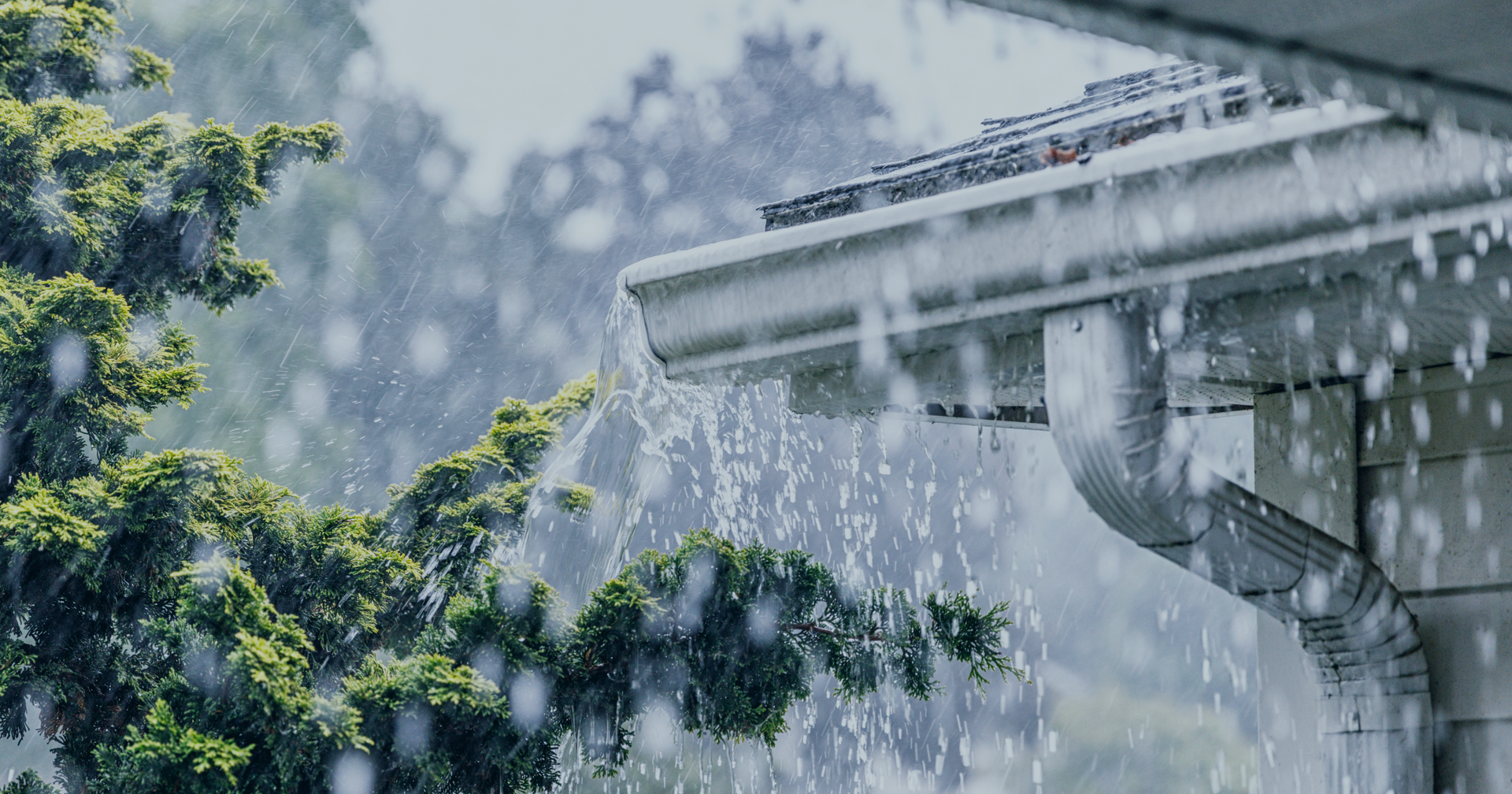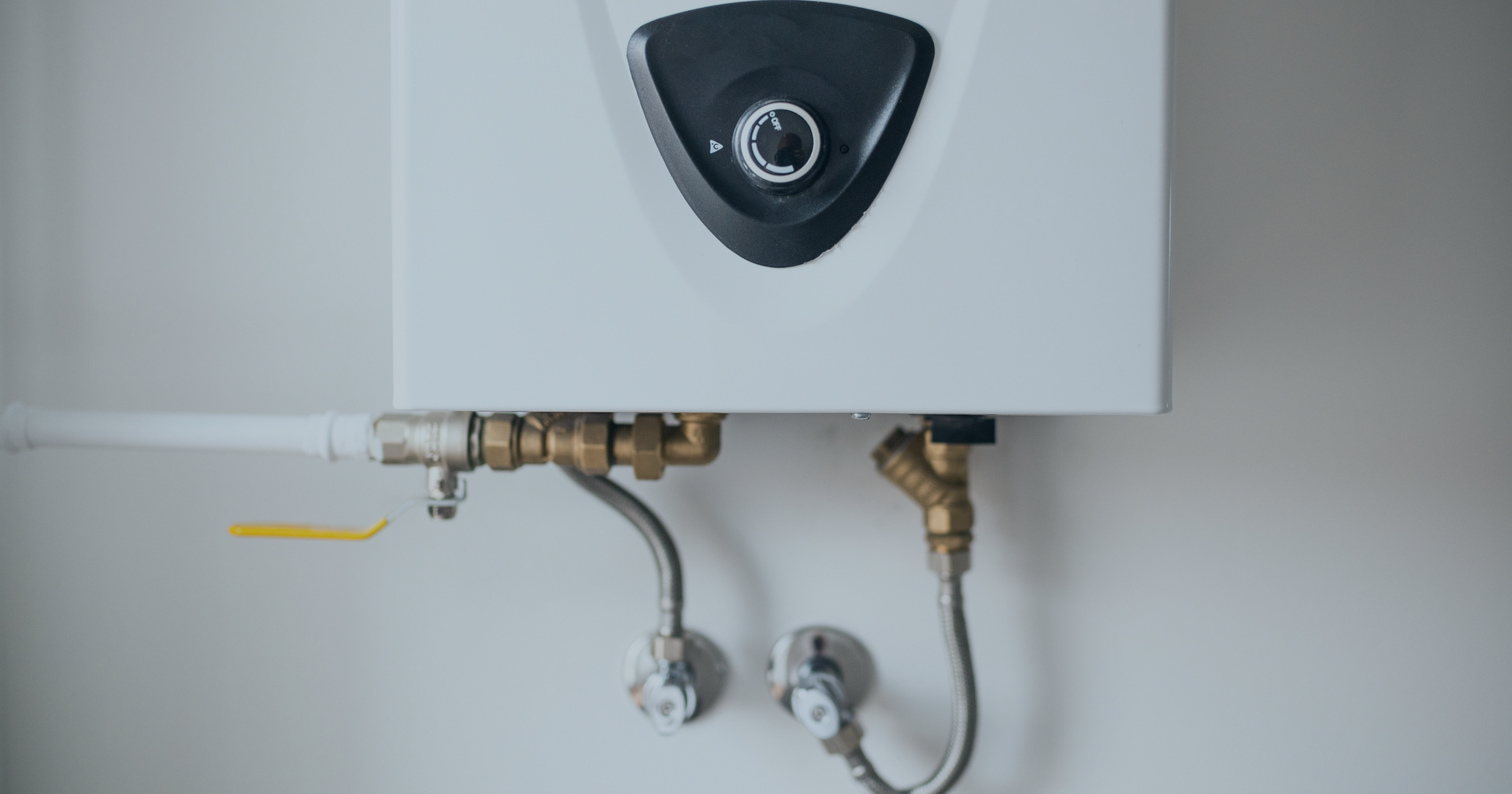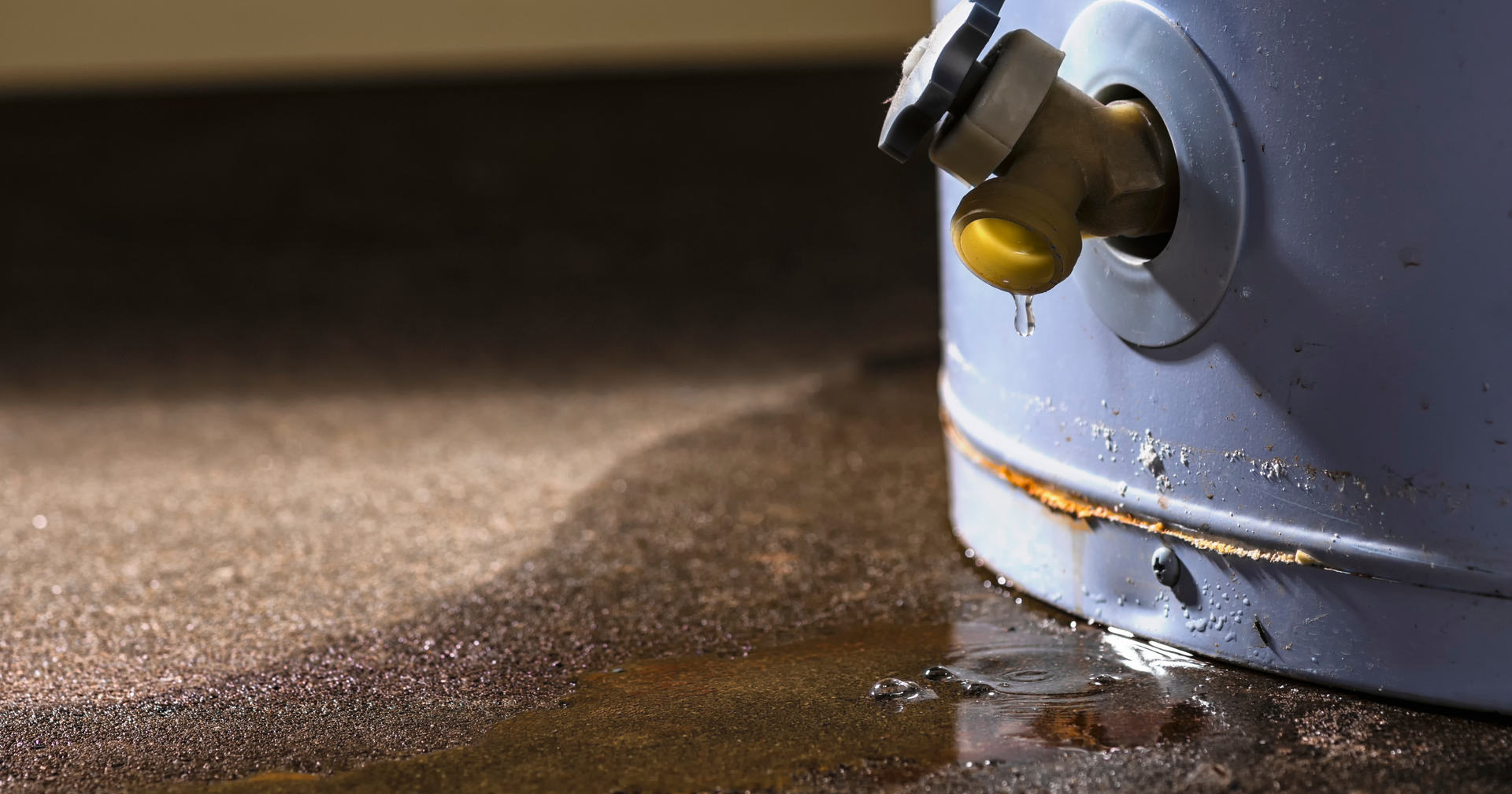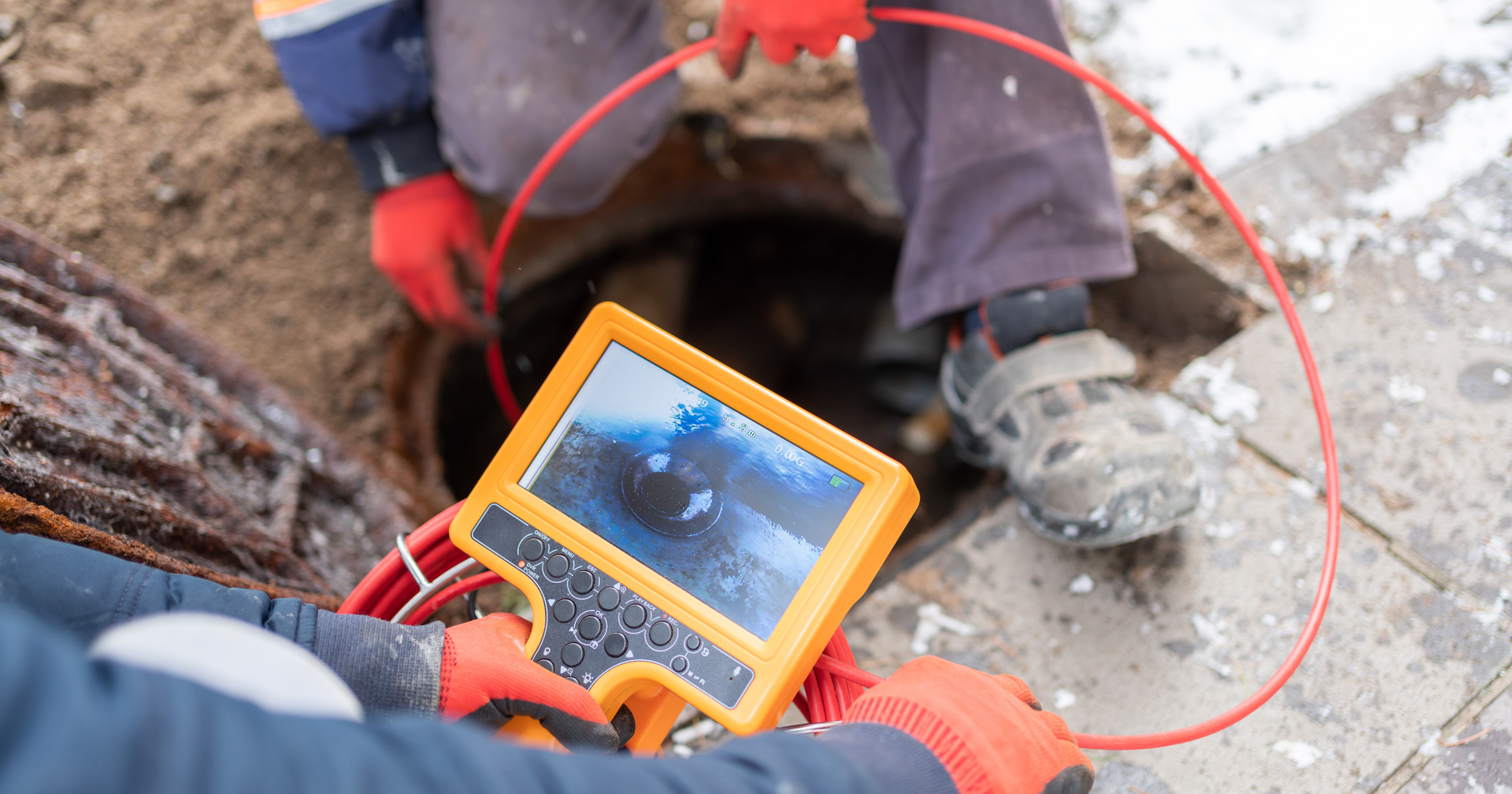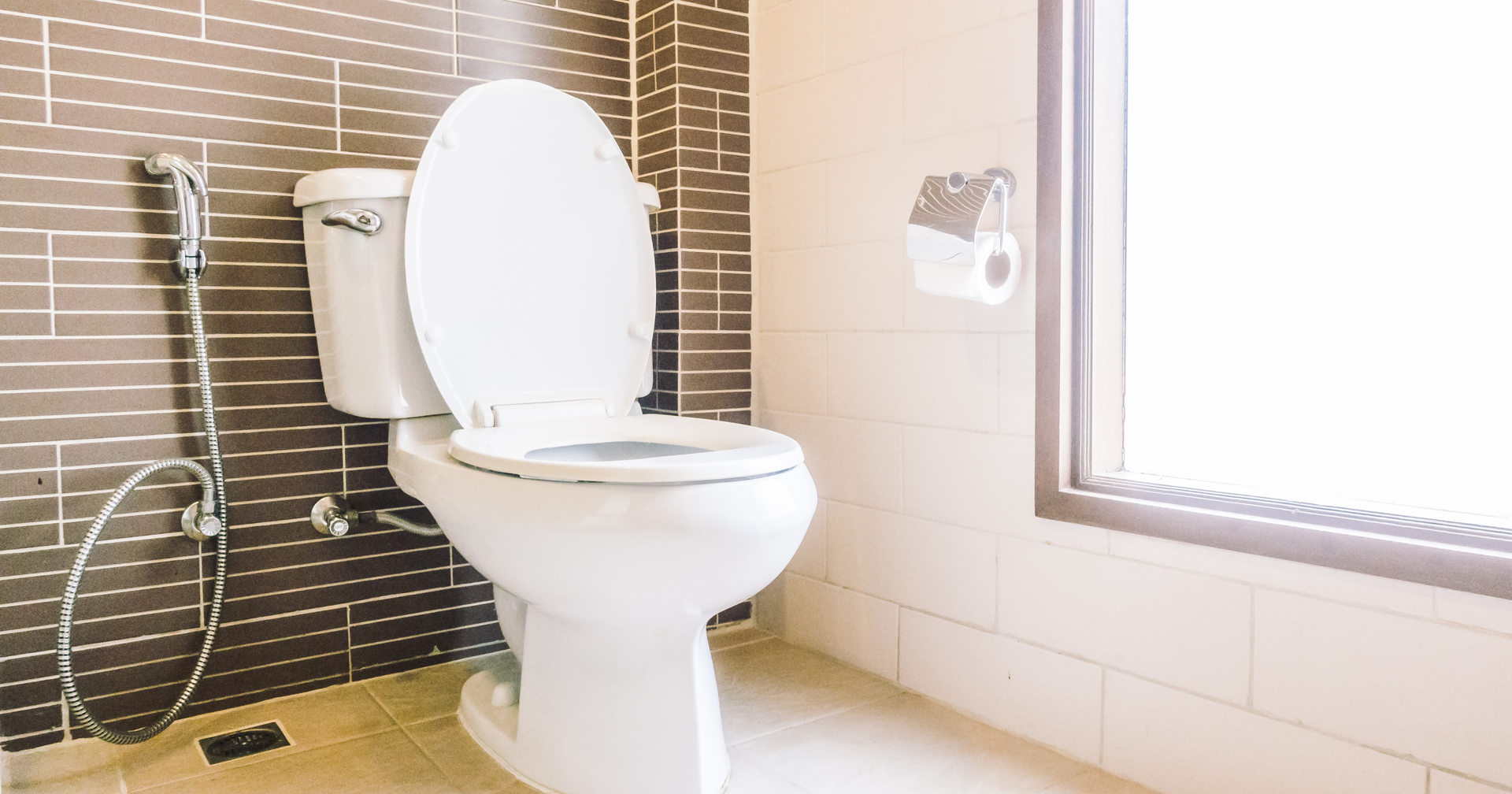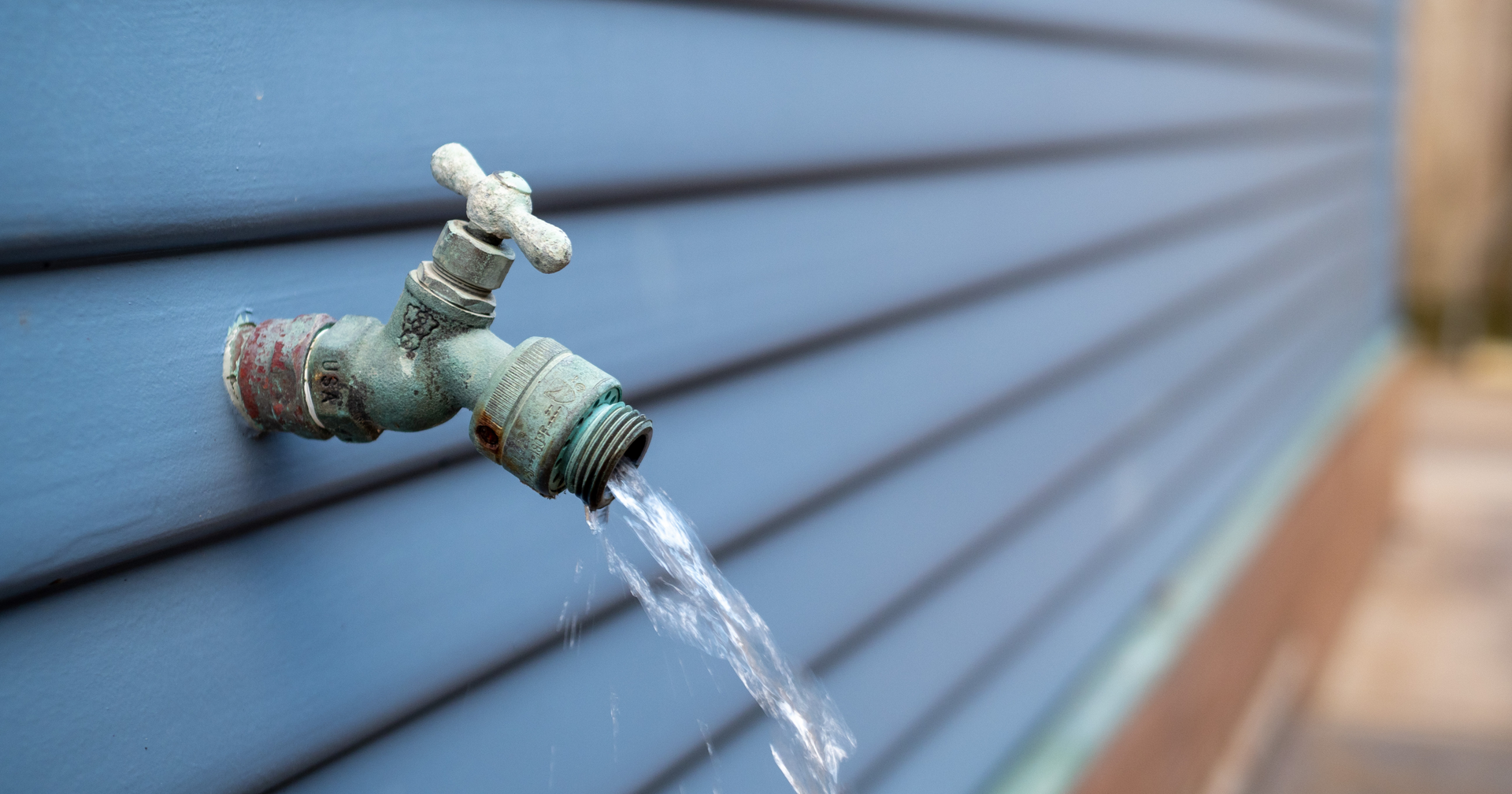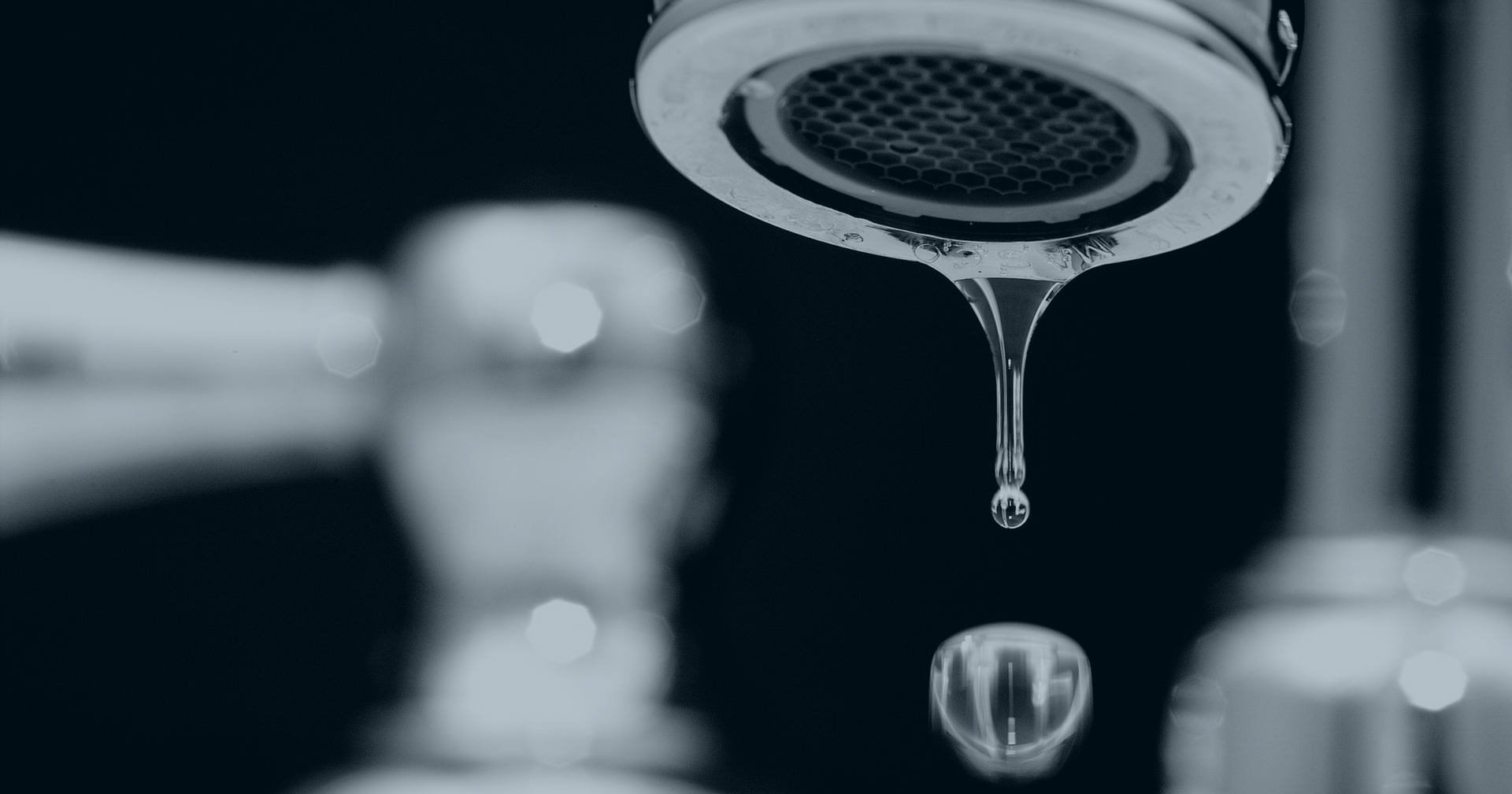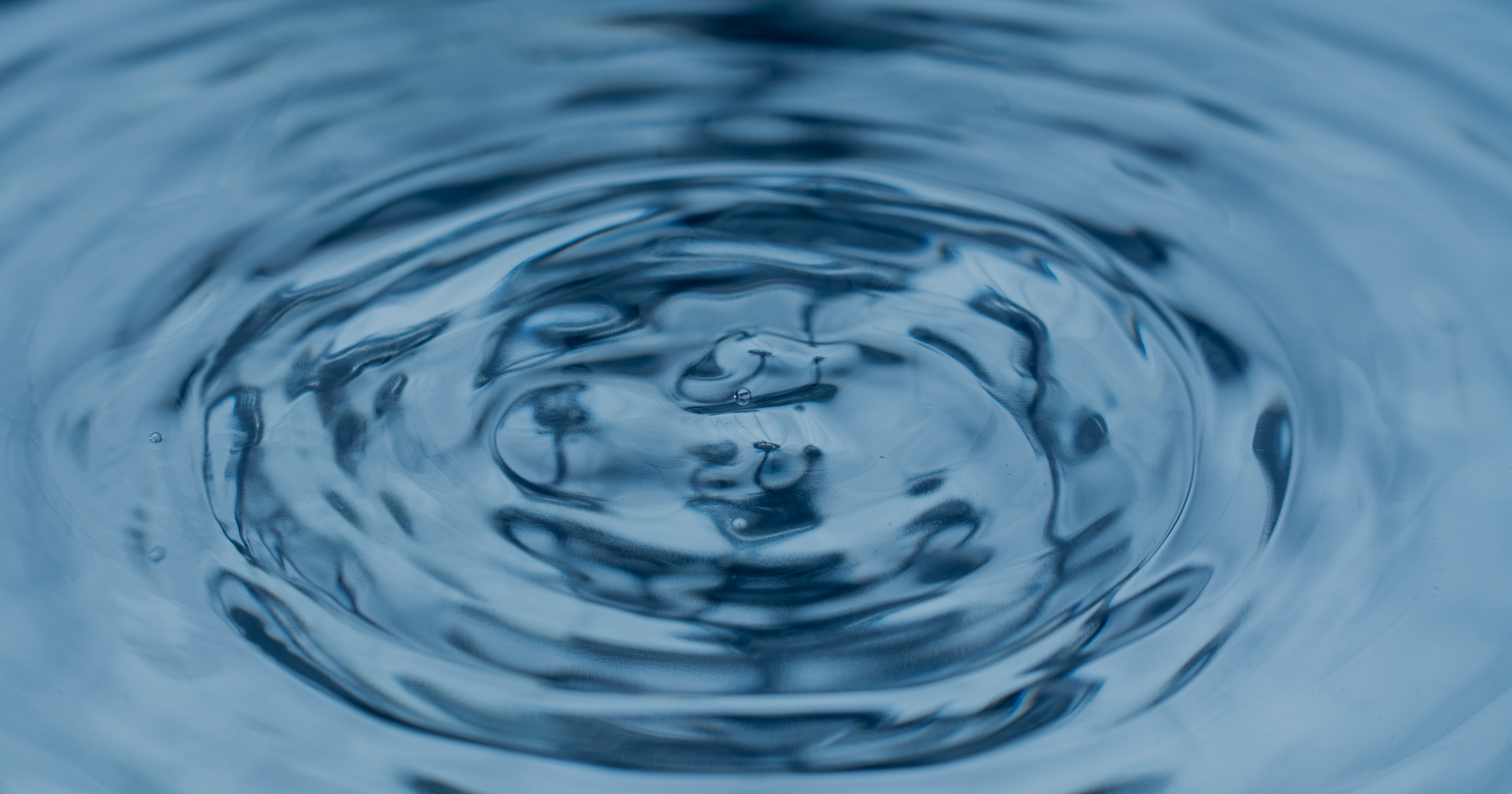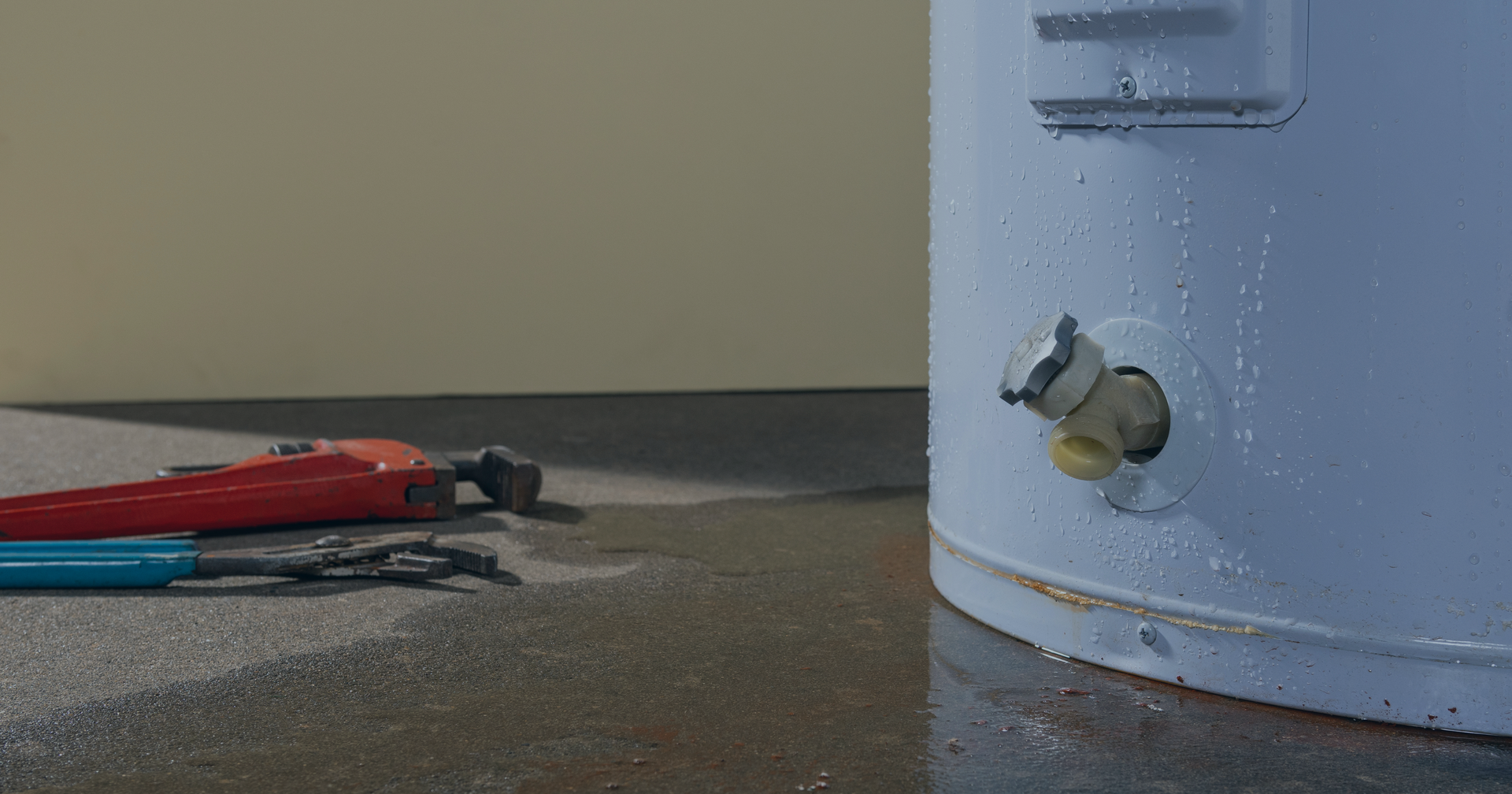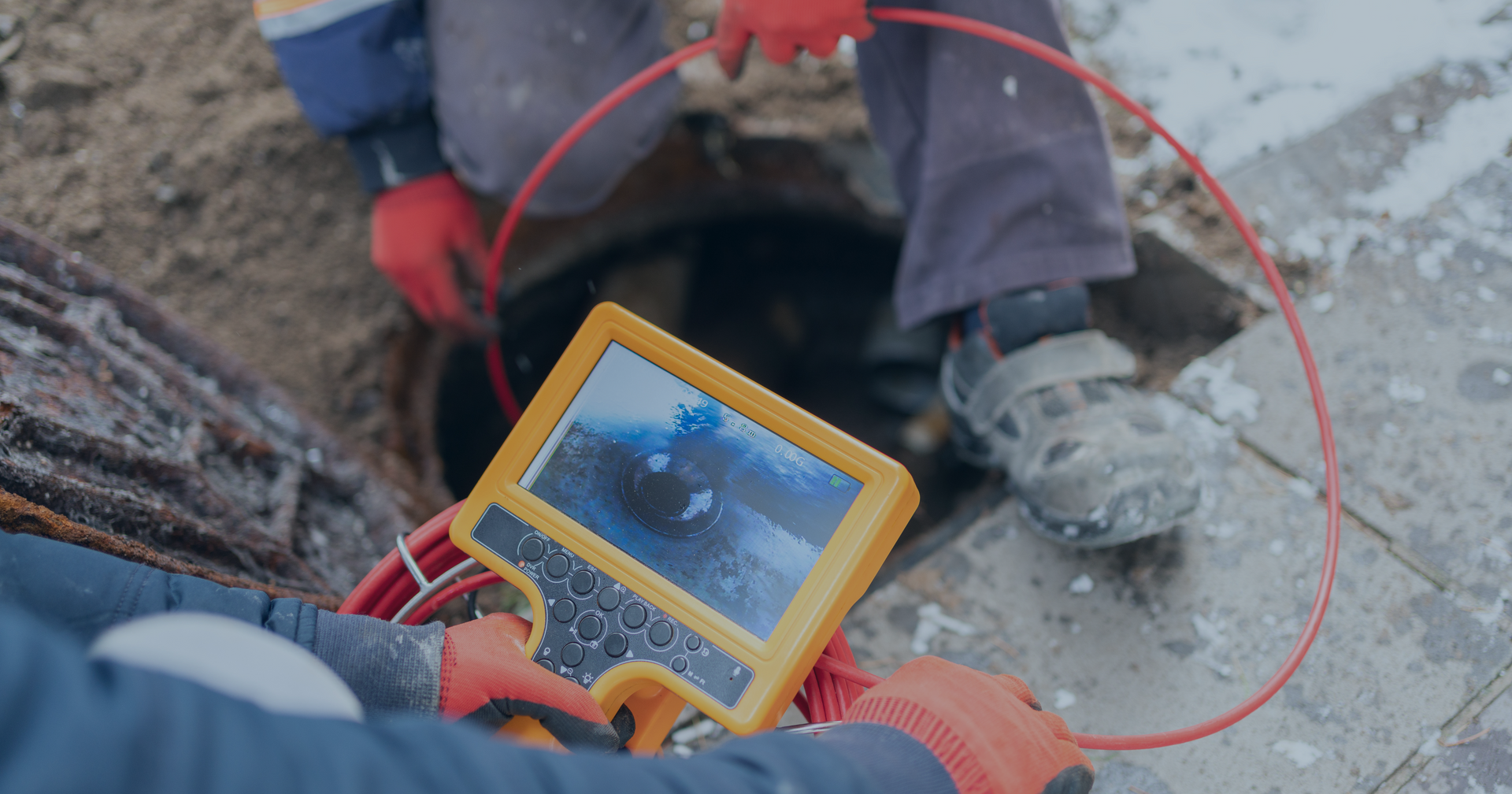Understanding Different Types of Pipes & Their Uses
Choosing the Right Plumbing Pipes for Your Home
When it comes to plumbing, one of the most crucial decisions homeowners and contractors make is selecting the right type of pipes. The choice of pipes can significantly impact the efficiency, longevity, and maintenance of your plumbing system. At Ballard Plumbing, we understand that navigating the world of plumbing pipes can be overwhelming, which is why we're here to guide you through it.
- Copper Pipes: Copper pipes have been a staple in the plumbing industry for decades due to their durability and resistance to corrosion. They are commonly used for both residential and commercial plumbing applications. Copper pipes come in two main types:
- Rigid Copper Pipes: These pipes are typically used for water supply lines. They are strong and can withstand high pressure, making them an excellent choice for carrying potable water.
- Flexible Copper Pipes (Copper Tubing): Flexible copper pipes are often used for connecting appliances, such as refrigerators and ice makers. They are easy to work with and bendable, making installation in tight spaces more accessible.
- PEX (Cross-linked Polyethylene) Pipes: PEX pipes have gained popularity in recent years due to their flexibility, cost-effectiveness, and resistance to freezing. They are commonly used for water distribution in residential plumbing systems. PEX pipes come in three types:
- PEX-A: This type of PEX pipe is the most flexible and durable, making it suitable for both hot and cold water supply lines.
- PEX-B: PEX-B pipes are commonly used for interior plumbing applications. They are less flexible than PEX-A but still versatile.
- PEX-C: PEX-C pipes are used in water distribution systems and are known for their affordability and ease of installation.
- PVC (Polyvinyl Chloride) Pipes: PVC pipes are known for their chemical resistance and are often used for drain and vent lines. They come in two main types:
- Schedule 40 PVC: This type of PVC is used for drain and vent lines in residential plumbing systems. It is relatively lightweight and easy to work with.
- Schedule 80 PVC: Schedule 80 PVC is thicker and more robust than Schedule 40, making it suitable for applications where additional strength is required, such as industrial plumbing.
- CPVC (Chlorinated Polyvinyl Chloride) Pipes: CPVC pipes are similar in appearance to PVC pipes but are designed to handle higher temperatures. They are commonly used for hot water supply lines and are known for their corrosion resistance.
- Galvanized Steel Pipes: Galvanized steel pipes were once popular but have become less common due to their susceptibility to corrosion over time. They are still used in some older homes but are gradually being replaced by more modern pipe materials.
- Cast Iron Pipes: Cast iron pipes are incredibly durable and are often used for drainage and sewer systems. However, they are heavy and can be challenging to work with, so they are less common in modern residential plumbing.
- Polyethylene Pipes: Polyethylene pipes are commonly used for underground water supply lines and irrigation systems. They are flexible, lightweight, and resistant to corrosion.
Choosing the right type of plumbing pipes depends on various factors, including the specific application, local building codes, and your budget. At Ballard Plumbing, we have the expertise to help you make informed decisions and provide professional installation services for all your plumbing needs. Call Ballard Plumbing today!

